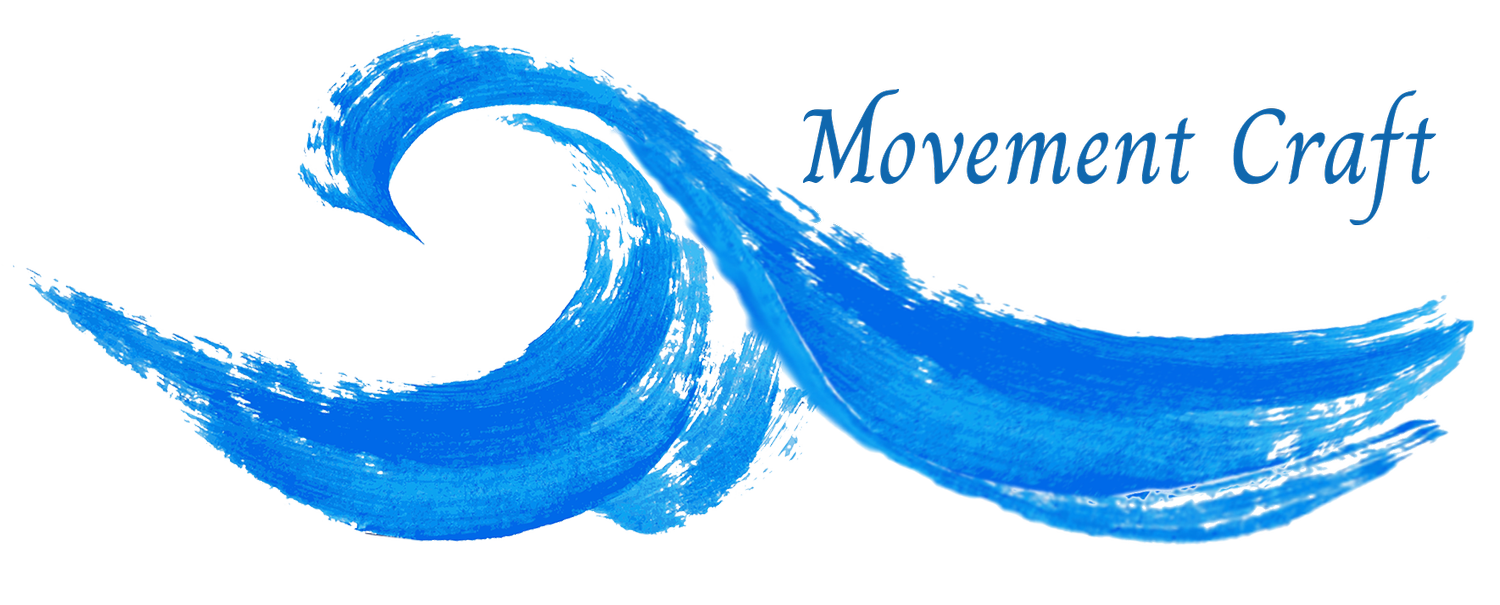Understanding and Managing BPPV, Migraine, and Vertigo: A Comprehensive Approach
Are you struggling with BPPV (benign paroxysmal positional vertigo), migraine, or vertigo? In a recent podcast episode, Dr. Madison Oaks, also known as the Vertigo Doctor, shared her insights on understanding and managing these conditions. Let's dive into some key takeaways from her discussion.
What is BPPV?
BPPV is a type of vertigo caused by a mechanical issue in the inner ear. It is often triggered by specific head movements or positions, resulting in sudden and brief episodes of dizziness. BPPV can be treated effectively using a repositioning technique called the Epley maneuver, which helps to move the small calcium crystals in the inner ear back into the correct position.
Factors Affecting BPPV and Migraines
Dr. Oaks emphasized the importance of maintaining good blood pressure to reduce the risk of chronic BPPV attacks. High blood pressure can make it more likely for individuals to experience constant or chronic BPPV episodes. Additionally, low vitamin D levels, as well as underlying vestibular conditions such as neuritis or vestibular migraine, can contribute to more frequent BPPV attacks.
When it comes to migraines, Dr. Oaks clarified that it's not "migraines" but "migraine" - a spectrum disorder that varies in frequency and intensity among individuals. Migraine goes through distinct phases, including prodrome, aura, headache or impact phase, postdrome, and interictal phase (period between attacks). Understanding these phases can help in managing and treating migraines effectively.
The Comprehensive Treatment Pie
Dr. Oaks highlighted the importance of a comprehensive approach to managing BPPV and migraines, as relying solely on medication may not be enough. A holistic treatment plan can include medication, supplements, diet, hydration, exercise, sleep, meditation, and support from healthcare providers. This "treatment pie" will look different for each person, but it's essential to consider all aspects of a person's lifestyle when addressing these conditions.
Breathwork for Managing Dizziness and Anxiety
The "dizzy-anxious-dizzy" cycle is a common issue among individuals dealing with BPPV, migraine, and vertigo. Dr. Oaks explained that breathwork could be a powerful tool in regulating the nervous system, reducing anxiety, and managing dizziness. She mentioned the importance of observing one's breath rather than trying to change it, as this can help bring down the panic and anxiety levels more effectively.
There are various breathwork techniques that people can explore, depending on their preferences. Some may prefer simple observation of their breath, while others may find techniques like the 4-7-8 breath (breathe in for 4, hold for 7, breathe out for 8) more suitable. The key is to find a technique that helps regulate the nervous system and reduce anxiety.
Breaking the Migraine Cycle
For individuals dealing with acute or chronic migraines, it's crucial to know that there is hope, and they should never feel like they are out of options. Dr. Oaks stressed the importance of consulting a headache specialist as part of the comprehensive treatment plan, as they can offer valuable guidance and access to new treatments and options. With only around 700 headache specialists in the entire country, it may take some time to secure an appointment, but their expertise can be invaluable in breaking the migraine cycle.
Conclusion
Understanding and managing BPPV, migraine, and vertigo requires a comprehensive and individualized approach. Maintaining good blood pressure, addressing lifestyle factors, and adopting a holistic treatment plan are essential for effectively managing these conditions. Additionally,exploring breathwork techniques can help regulate the nervous system and break the dizzy-anxious-dizzy cycle.
Remember that each person's experience with BPPV, migraine, and vertigo will differ, and the treatment plan should be tailored to their specific needs. It's important to work closely with healthcare providers, including headache specialists, to develop the most effective strategy for managing these conditions.
By taking a comprehensive approach to understanding and managing BPPV, migraine, and vertigo, individuals can significantly improve their quality of life and regain control over their symptoms. Stay open to exploring different treatment options, and remember that there is always hope and support available for those dealing with these challenging conditions.
